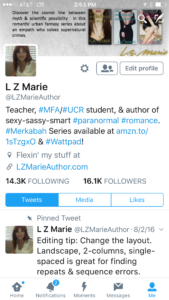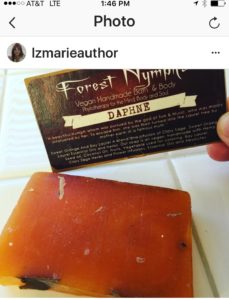Writer’s BLOCK. Two frightening words that are worse than they sound. Call it a writing pause instead. Pause is such a pleasant-sounding and friendly word, one suggesting merely a brief cessation of creativity. Stalled plot? Awkward transition? Plotting flaw? Pacing issues? Pausing is a good thing! It allows for reflection and mulling, for analysis and evaluation. Does that sound like writer’s block to you? Anyway, there are PLENTY of tasks to be done while on pause.
Instead of throwing up your hands and stomping from the computer, here’s a few suggestions for maximizing your writer’s pause.
1. Revise and edit earlier chapters. Be vigilant. Often new ideas will come.
2. Write a blog or 2 or 3.
3. Write tweets for future use, then when you are back in the writing saddle those tweets are ready to go.
4. Find and read information about a subject in your story. The internet has information about everything. There must be some subject or object or place or history or event in your story you can learn more about. Research inspires ideas. It really really does. This, more than anything else, generates tons of ideas.
5. Revisit your original research notes for inspiration, plot twists, details, etc.
6. Google photos of something you’ve written about. Is there a detail that might advance the plot, add detail, and/or be be used symbolically?
7. Create a pinterest board for your work-in-progress. Pictures are worth a 1000 words, right?
8. Write engaging captions under the pinterest pins.
9. Curate your Instagram. Give it a ‘look.’ Mine for followers.
10. Revisit your outline. Add to it. Flesh it out. What? You don’t have one? Might that be the source of your writing pause? Knowing where your novel is going helps alleviate the “what next” conundrum.
11. Do NOT commiserate with others experiencing writer’s block. Misery loves company—soon not helpful. Talk to a writer who is on fire! Read their blogs! Let their sparks ignite your own.
12. Take a walk. Walk the dog. Clean the fridge. Perform a mindless task, but think about the plot, characters, next chapter, climax, and ending while you’re doing it. Something is sure to emerge. ( I imagine an entire chapter in my head before writing it.)
13. Write a synopsis for the novel.
14. Craft a query.
15. Write a one-line pitch.
16. Write a riveting back cover.
17. Re-write the bio on your Amazon author page and website.
18. Re-write one of your first blogs. Add to it—give it new zing! Notice how much better you write now? Give yourself a pat on the back.
19. Re-tag your blog posts. Use better key words.
20. Re-write your twitter and instagram bio. You only have so many spaces, make them count.
21. Write a poem or journal entry in the voice of one of your characters.
22. Read one of Shakespeare’s plays. The Bard was brilliant, his characters riveting, his understanding of humans’ proclivities profound. Ideas are sure to follow.
23. Take a drive. The Driving Muse loves to visit when you’re behind the wheel.
24. Identify the reason for the temporary pause. Are you tired, angry, frustrated, grieving? An emotion that overwhelms your creativity isn’t a “block.” Use the emotion to writerly advantage. Note how your body feels during times of intense emotion. Embrace it! You will need to call upon that emotion when you write about a character experiencing the same one. Is the plot line frustrating? Identify why. Is it a plot flaw or a matter of getting from scene A to scene C with a connecting scene B that makes sense? That’s not a block that’s intelligent plotting.
Did you notice that most of these solutions require writing and/or reading? You don’t have writers block if you are writing. And reading, my friends, is research, an important part of the writing life.
May the Muse be ever with you.






